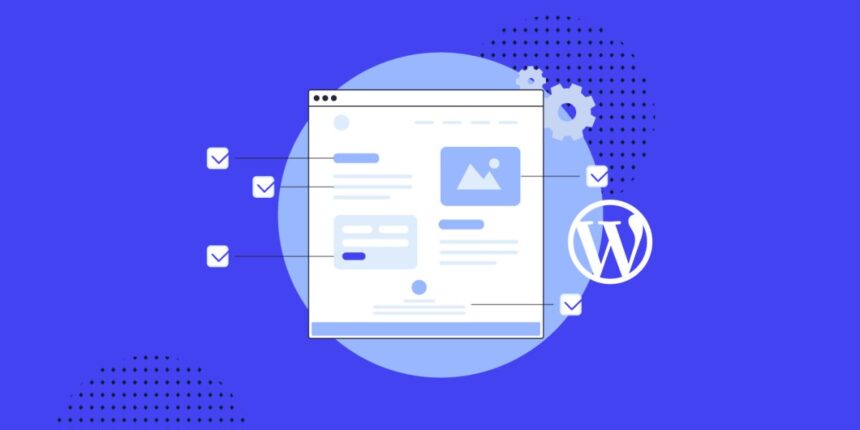Introduction: Embarking on your WordPress journey involves more than just content creation and design. The foundational elements, often overlooked, are the general settings that lay the groundwork for a well-structured website. In this comprehensive guide, we’ll navigate through the basic configurations of your WordPress installation. These settings not only influence how your site operates but also play a pivotal role in SEO optimization.
Accessing General Settings: While these adjustments are typically configured during the initial WordPress installation on your hosting plan, you can revisit and modify them through your application’s dashboard. Simply navigate to “Settings” – “General” on the left sidebar.
Exploring Each Setting:
- Site Title: Define the name of your website, brand, or business in this section. Even if your theme doesn’t display the site name prominently, it’s crucial to set it to something meaningful instead of leaving the default WordPress name. This title is linked to your website’s home page, impacting both user experience and SEO.
- Tagline: Craft a brief description of your website or business. This short description can include keywords that assist search engines in ranking your page. For instance, if you’re configuring a website for a nursery school, your tagline could be “Your Nursery School in Ourense.”
- WordPress Address (URL) and Site Address (URL): During the installation process, it’s advisable to select the domain and directory for your website. While these addresses are usually the same, it’s essential to understand their distinctions:
- WordPress Address (URL): Location where WordPress files are stored on your server or hosting plan.
- Site Address (URL): The URL where you want your website to be displayed.
- Email Address: Specify the email address of the website administrator. This email will receive notifications for new user role creations, update alerts, and other administrative tasks.
- New User Default Role: Exercise caution with this option, as enabling it could potentially lead to spam. It allows anyone to register on the WordPress login screen. Choose the default role for new users; it’s advisable to keep it as “Subscribers” to prevent unauthorized changes to your website.
- Site Language and Time Zone: Select the language and time zone to avoid confusion, especially when scheduling posts or sending notifications to registered users.
- Date Format, Time Format, and Week Starts On: Align these formats with your preferences, ensuring that the date and time on your website match your desired style.
In Conclusion: Despite their apparent simplicity, these general settings are fundamental for a well-rounded WordPress setup. Google values comprehensive coverage and consistent information. While these settings can be configured during the installation process, it’s common to overlook the significance of a descriptive tagline or leave the default title as “My blog.” Remember, if your website is already live, approach changes cautiously, particularly concerning the site URL. If you find the need to alter your WordPress domain, follow our step-by-step guide to ensure a seamless transition without compromising your site’s functionality.








